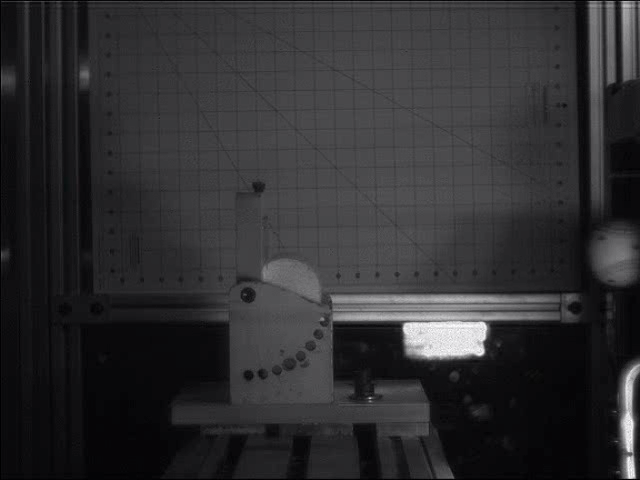"The key to running faster is moving your limbs faster"

QUICKER STEPS & FASTER ARMS = GREATER SPEED?
The limiting factor in acceleration and top speed is usually not how fast an athlete can drive their knee or cycle their arms, but rather how much FORCE they can apply to the ground in the appropriate direction and within the appropriate time. For example, when we coach an athlete to improve their acceleration phase they are surprised to learn that in acceleration, the ground is your friend. You need to apply as much force as possible, as long as possible in order to accelerate at the greatest rate.
The change in velocity is related to the force applied in the opposite direction multiplied times the amount of time that force is applied to the ground. As soon as the athlete removes their drive leg foot from the ground, they are no longer accelerating until the swing leg foot makes contact with the ground on the next step. Maintaining ground contact through an explosive, forceful and complete triple extension push will yield the greatest increase in velocity. The knee drive will set up their next powerful, triple extension push.
Athletes should be coached in the acceleration phase to MAXIMIZE their push and therefore their ground contact time yielding a greater increase in velocity. Most athletes are not as fast as they can be because they are unwilling to be patient.
As a business that specializes in speed development, it is not uncommon for us to have people come to us saying, “I need to get fast, and I need to get fast right now!” This, to some degree, is a reflection of our instant access culture that is speedily speeding up the speed of speed. You see, when we think about speed development, we must consider Aesop’s Fable, “The Tortoise and the Hare.” The paradox that trips most people up is that speed is gained slowly. The hare was fast, but his attention span was even faster. He couldn’t stay focused on the objective, and so didn’t achieve it.
The tortoise wasn’t fast, but kept his eye on the goal, and just kept plodding towards it and ultimately won the race. With the speed and ease with which technology gets us what we want, i.e. hot food, the latest news, directions from here to anywhere, downloading Aesop’s Fables, etc., we get conditioned to expect that progress should come quickly–no, rather instantly. We believe that if we can just find the right program, gadget, or gizmo then we will achieve what we want instantly! The problem is, the body isn’t designed that way. Our muscles are much stronger and more powerful than what we can actually exert against any form of resistance. If we were able to tap into all of our strength, we would rip our tendons out, or tear ligaments, or fracture our bones. As we exert ourselves against resistance, i.e. weights, hills, bodyweight, etc., the stress causes our bones, ligaments, tendons, cartilage, and muscles to strengthen in concert.
If my strength and power grow faster than the supporting structures, I will have injury. So our bodies were designed with a protection mechanism that helps protect us from injury. We can have instant gains, and we can have significant gains, but we cannot have instant, significant gains. The gains come, similarly to the tortoise, one step at a time. We take one small step forward athletically every time we train as hard (and smart) as we can. And, Like the Hare, every time we wander off the path to that goal, we have to have to spend a certain number of steps just getting back to the path.
Our athletic career, in a way, is the accumulation of the consistent days we give all we have. We must have faith that each and every opportunity to get better, no matter how small, is incalculably significant in the achievement of what we want most. And we must never sacrifice what we want most for what we want now! Too many dreams are thrown away for the urgent insistence of insignificant pleasures or comforts. Not many people are willing to work as hard as it takes for as long as it takes to realize the significant gains in speed, strength, power, or any athletic measure.



















